In the pursuit of sustainable gardening, flowers play a pivotal role in fostering biodiversity, enhancing ecosystem health, and promoting environmental stewardship. By integrating flowers into sustainable gardening practices, you can create vibrant and resilient ecosystems that support pollinators, beneficial insects, and native wildlife, while also beautifying your outdoor space. In this comprehensive guide, we’ll explore the myriad ways in which flowers can be incorporated into sustainable gardening practices to create thriving and ecologically sound landscapes.
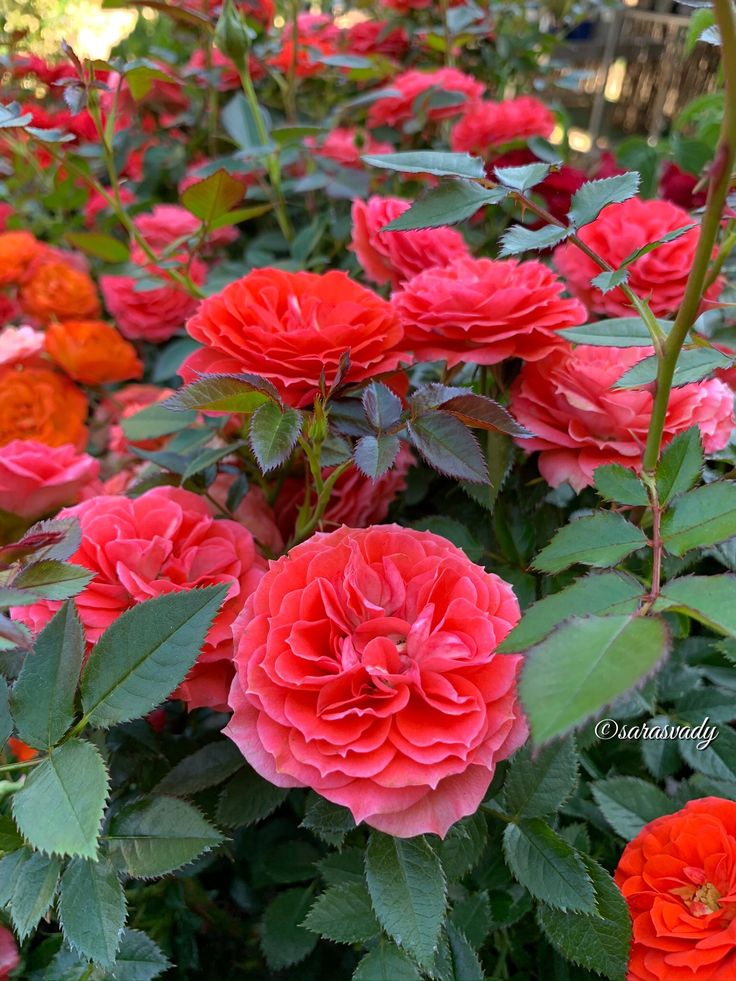
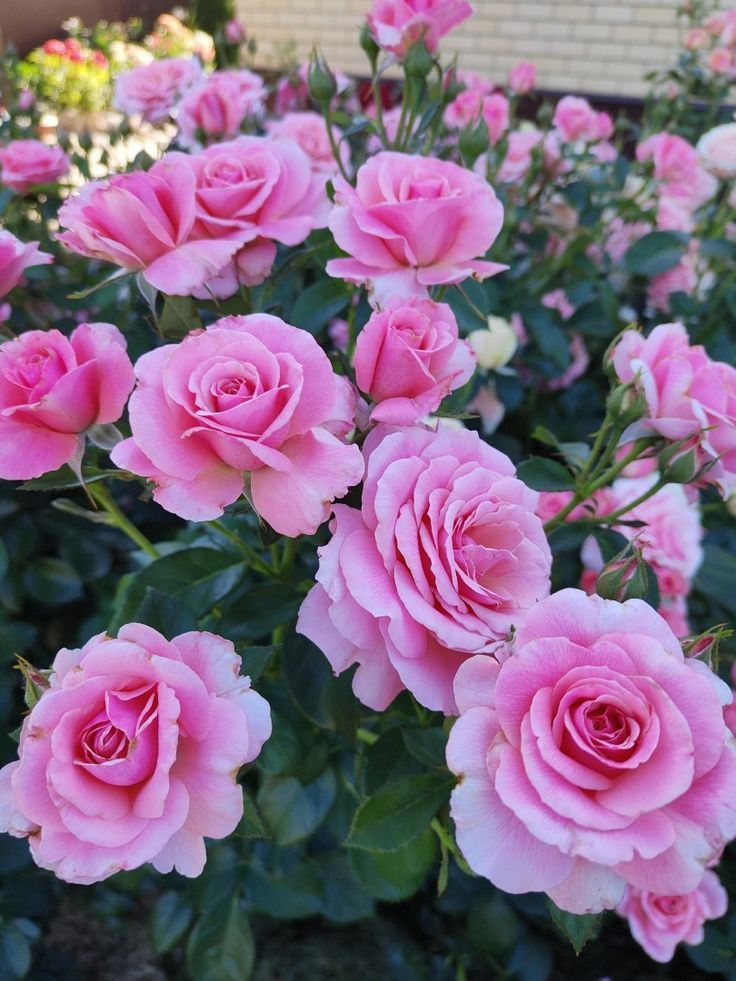
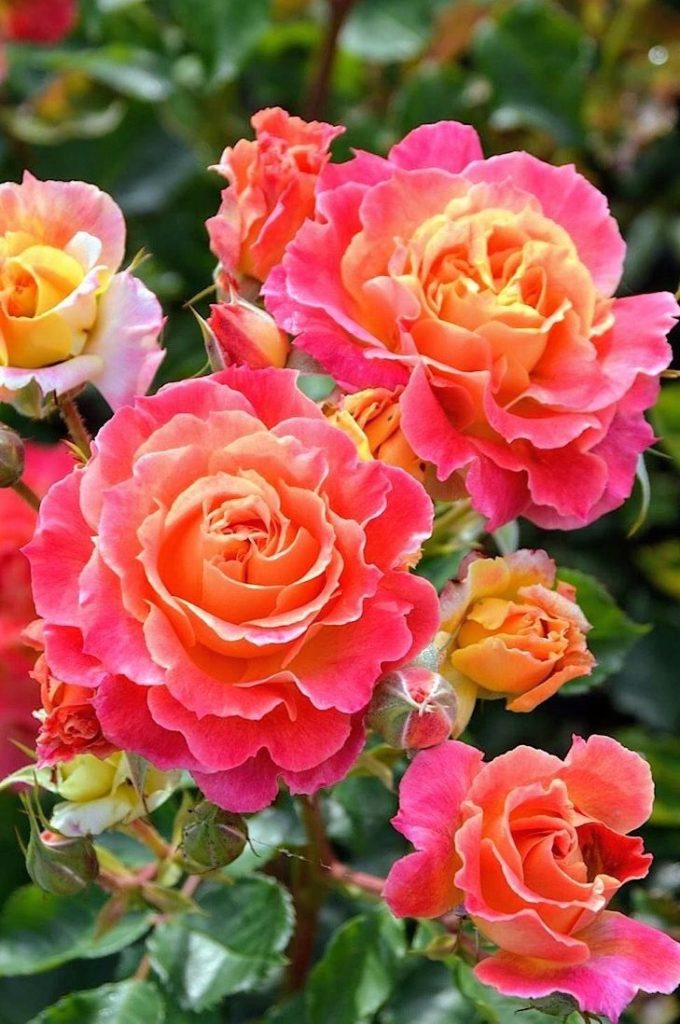
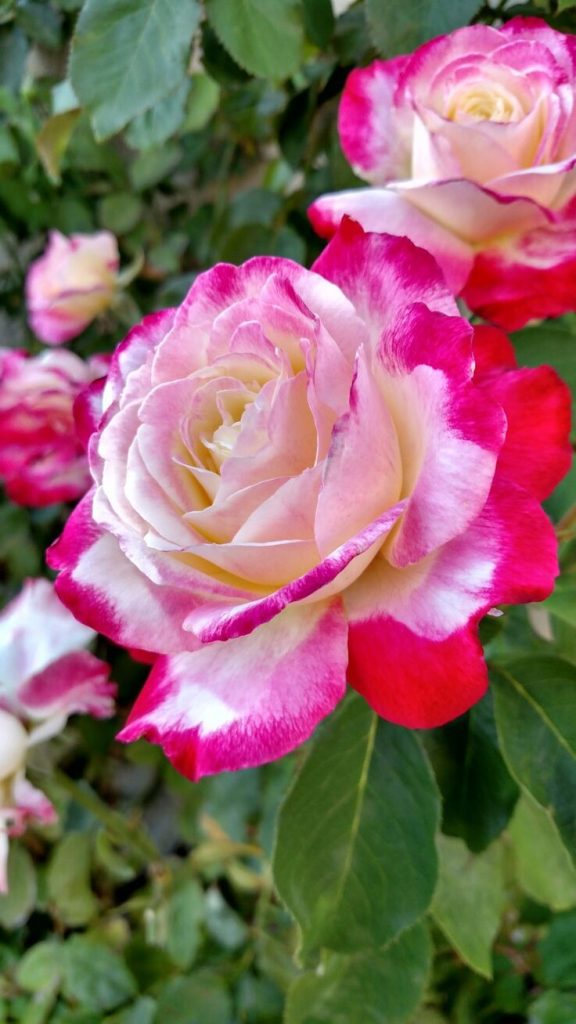
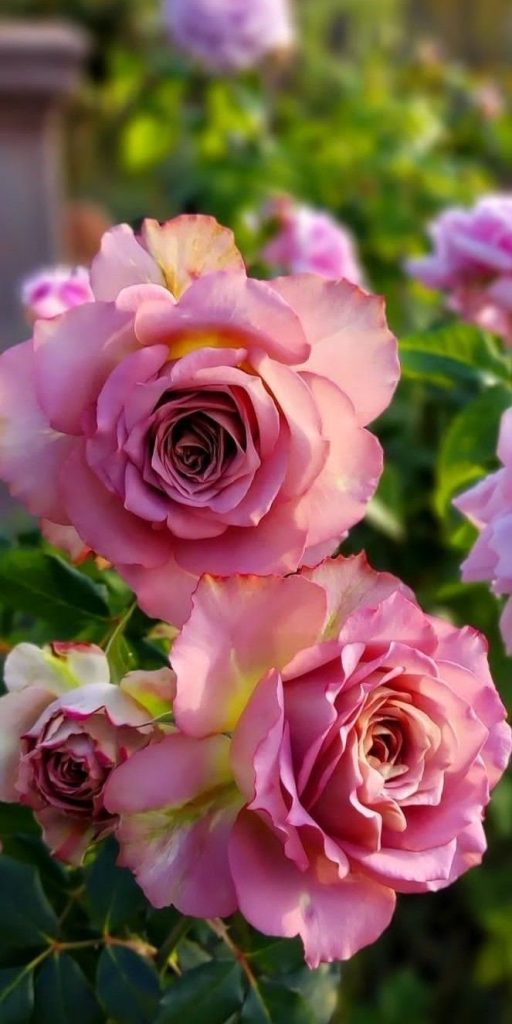
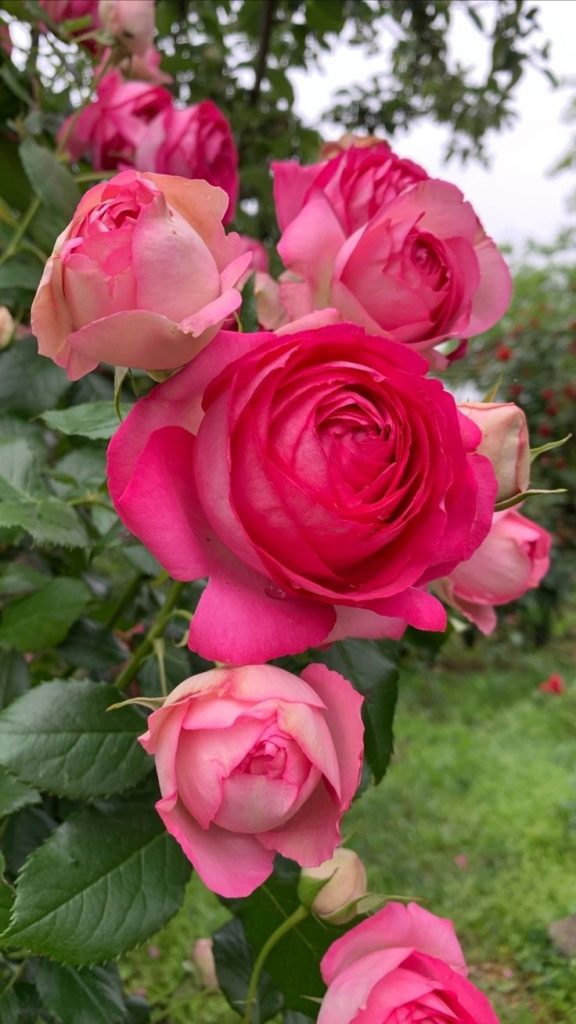
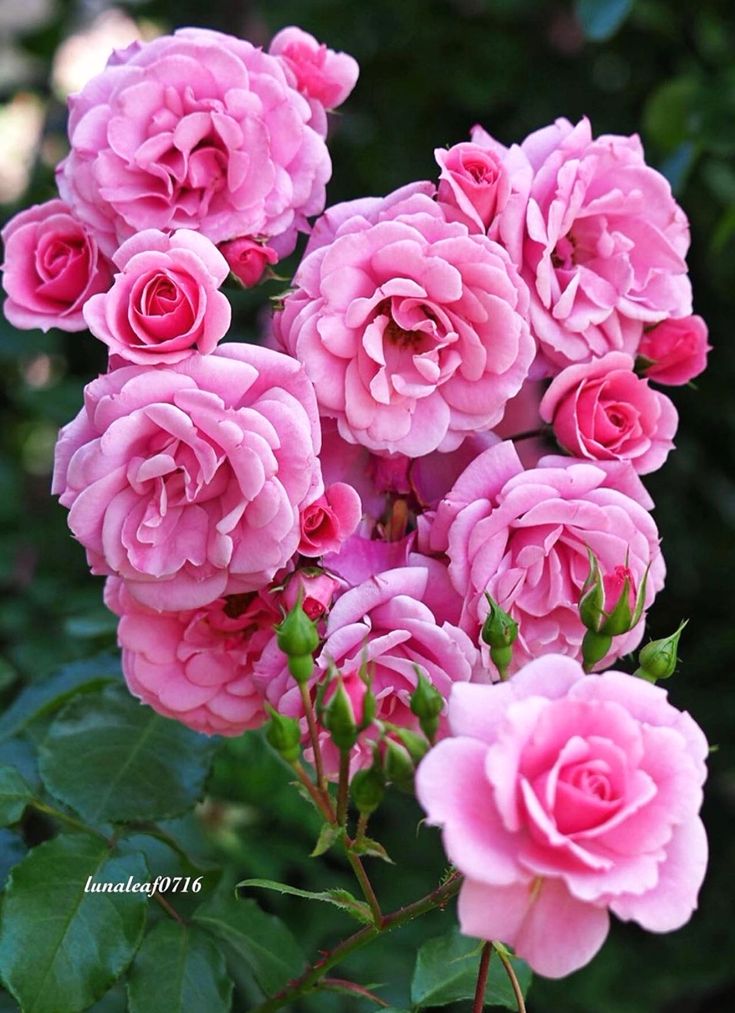
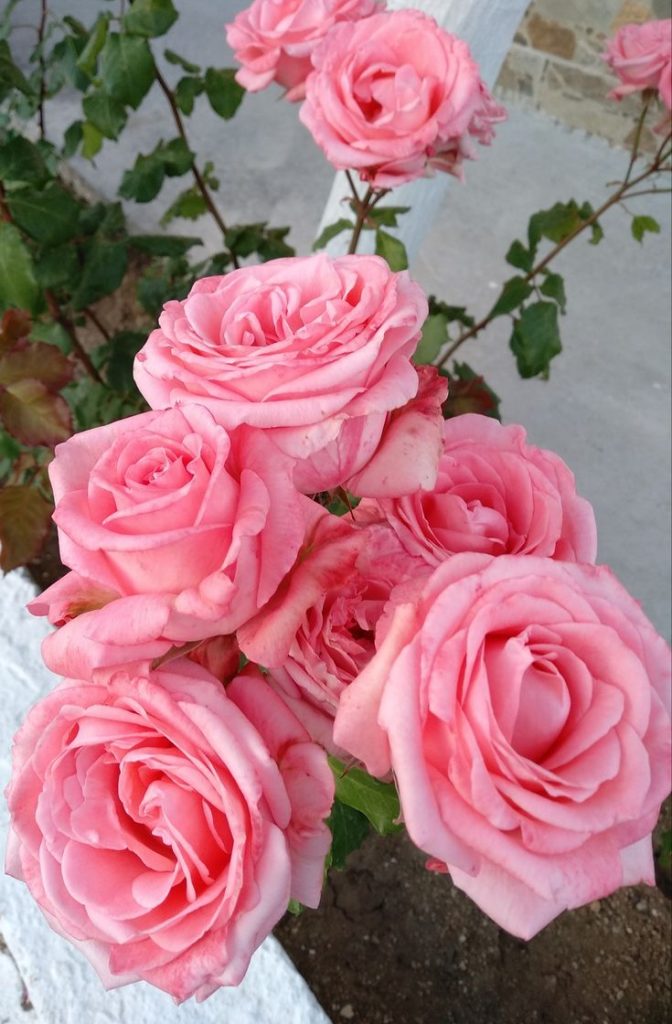
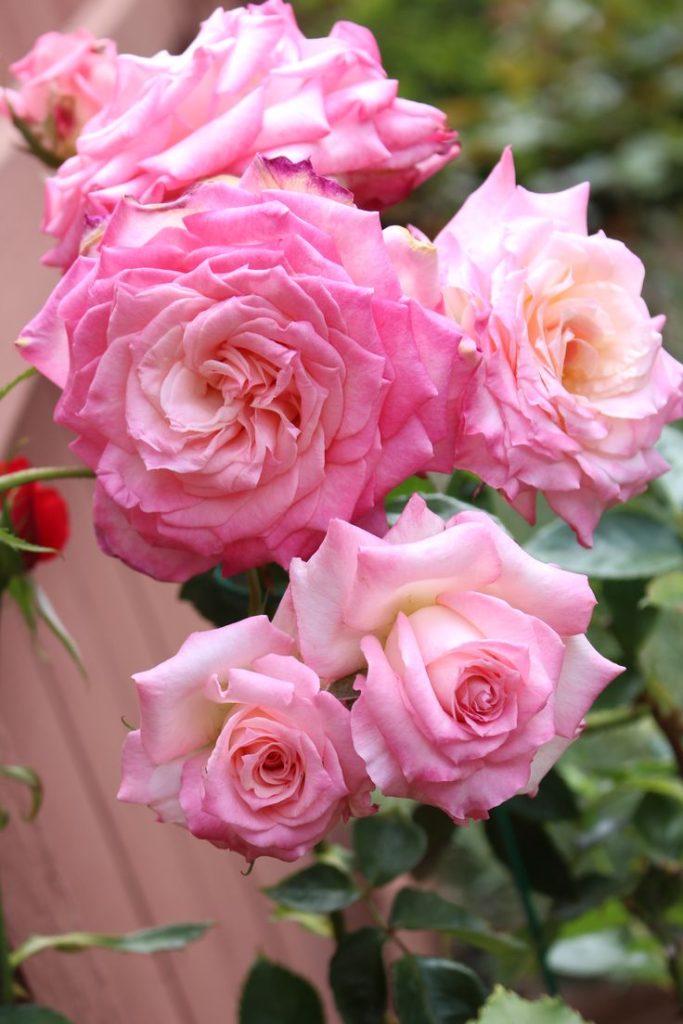
Understanding Sustainable Gardening
- Ecosystem Health: Sustainable gardening aims to mimic natural ecosystems by fostering biodiversity, conserving resources, and minimizing environmental impact. By prioritizing soil health, water conservation, and wildlife habitat, sustainable gardens contribute to the health and resilience of local ecosystems.
- Regenerative Practices: Sustainable gardening practices focus on regenerating rather than depleting natural resources. From composting and mulching to rainwater harvesting and organic pest control, sustainable gardeners prioritize practices that regenerate soil fertility, conserve water, and promote biodiversity.
Incorporating Flowers into Sustainable Gardens
- Native Plantings: Choose native flowers that are adapted to your region’s climate, soil, and growing conditions. Native flowers provide essential habitat and food sources for local pollinators and wildlife, while also requiring minimal maintenance and resources.
- Pollinator Gardens: Designate areas of your garden specifically for pollinator-friendly flowers such as bee balm, coneflower, and milkweed. By providing nectar and pollen-rich blooms throughout the growing season, pollinator gardens support declining bee, butterfly, and other pollinator populations.
- Companion Planting: Use flowers as companion plants to attract beneficial insects and repel pests. Planting aromatic flowers such as marigolds, lavender, and yarrow alongside vegetables and herbs can help deter pests and promote a healthy balance of insect populations in the garden.
- Rain Gardens: Incorporate flowers into rain garden designs to capture and filter stormwater runoff, reduce soil erosion, and replenish groundwater supplies. Choose water-tolerant flowers such as cardinal flower, blue flag iris, and swamp milkweed that thrive in moist conditions and help absorb excess water during heavy rains.
Sustainable Flower Care
- Organic Practices: Practice organic gardening techniques such as composting, mulching, and natural fertilization to promote soil health and minimize reliance on synthetic chemicals. Use organic mulches and fertilizers made from natural ingredients to nourish and protect flower beds without harming beneficial soil organisms or pollinators.
- Water Conservation: Implement water-saving strategies such as drip irrigation, rainwater harvesting, and soil moisture monitoring to conserve water and reduce water waste in the garden. Water flowers deeply and infrequently to encourage deep root growth and drought tolerance, and mulch flower beds to retain soil moisture and suppress weeds.
Conclusion
Incorporating flowers into sustainable gardening practices is not only beneficial for the environment but also for the beauty and resilience of your garden. By prioritizing native plantings, pollinator gardens, companion planting, and rain gardens, you can create vibrant and biodiverse landscapes that support the health of local ecosystems and contribute to the conservation of native wildlife. Embrace the principles of sustainable gardening and let your garden bloom with color, life, and vitality, knowing that your efforts are making a positive impact on the planet. With flowers as your allies, your sustainable garden will become a sanctuary of beauty, biodiversity, and ecological harmony for generations to come.